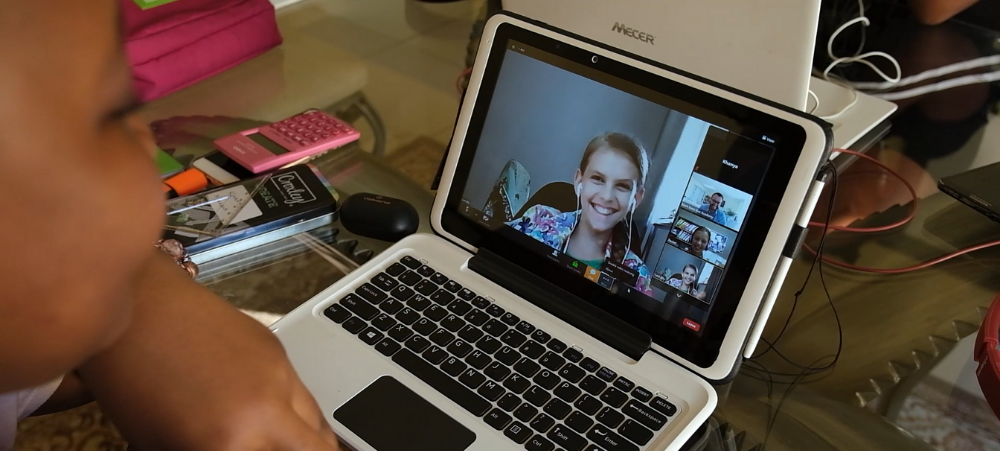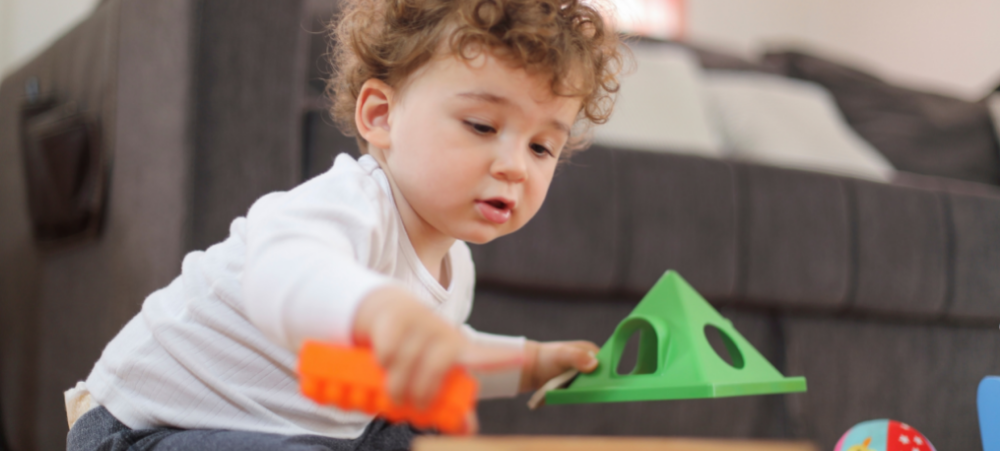
Herbal extracts and how they can help overcome common women’s health issues
These days supplements, which include vitamins, minerals and herbal extracts, are easily available and more accessible. Fortunately, science and technology has also come a long way in recent years and we have made impressive strides with vitamins, minerals and herbal extracts in particular when it comes to studying and knowing the mechanism of action and how it relates to the body’s physiology and thereby, how it helps keep you healthy or how it can help treat ailments. The Salome range, launched by South African pharmaceutical company 3Sixty Biomedicine, addresses common women’s health issues using herbal extracts as a key ingredient. The current product range offers over the counter treatment options to help manage heavy menstrual bleeding, menstrual pain, Polycystic Ovary Syndrome (PCOS) and infertility linked to PCOS. 3Sixty Biomedicine locally manufactures their products and because they are based on herbal extracts the added benefit for consumers is that they are safe to use and have limited side effects. Being a biotechnology company, the efficacy of these ingredients included in their products is backed by science and medical studies, which is why their products are recognized and reimbursed by certain medical aids. Common women’s health conditions that moms can do without – period! Primary dysmenorrhea, the technical term for period pain without the presence of other conditions such as endometriosis, is the most common gynaecologic problem in women of all ages and races with the menstrual cramping being severe enough to interfere with daily activities, according to the American Academy of Family Physicians. Salome Menstrual Pain is based on herbal extracts of yarrow (Achillea millefolium) which has antispasmodic, anti-inflammatory & analgesic effects, which may provide relief for spasm associated with menstrual periods known as dysmenorrhoea. What is great about Salome Menstrual Pain is because it contains natural ingredients, females from as young as 13 years old who suffer from menstrual pain can use it to manage painful menstrual cramping without worrying about unwanted side-effects. Another common problem experienced by women is menorrhagia (heavy menstrual flow and prolonged bleeding). 3Sixty Biomedicine created their Salome Heavy Menstrual Bleeding product to help alleviate this problem. The product also draws on herbal extracts from Capsella Bursa-Pastoris, a medicinal plant also known as Shepherd’s purse, as an active ingredient to assist with the reduction of heavy menstrual bleeding in women with regular menstrual cycles. The medicinal benefits of this plant have been scientifically proven to have smooth muscle stimulant effects. As an added bonus Capsella has antioxidant features that improve uterine tone, meaning that it will facilitate the regulation of menstrual blood flow. It also has anti-inflammatory properties that can have a positive impact on the management of heavy menstrual bleeding (HMB). Understanding the basics of PCOS Salome Polycos assists with the management of symptoms commonly associated with PCOS by helping to decrease testosterone levels, increasing progesterone levels in women with irregular or absent periods and thus regulating the menstrual cycle, as well as reducing blood pressure levels. It also plays a role in increasing insulin activity in women diagnosed with PCOS, as many suffer from insulin resistance. Due to these hormonal imbalances women living with PCOS often battle with acne, irregular periods, male pattern hair loss or experience excessive body hair growth (hirsutism). Salome Polycos’s main active ingredient is D-chiro-inositol (DCI) which is a natural extract obtained from the carob tree. In cases where infertility can be linked back to the hormonal imbalances caused by PCOS, patients who make use of products like Salome Fertility that contain Myo-inositol and D-Chiro-inositol have seen an increase in their ovulation, a reduction in their hyperandrogenism and in the oxidative stress in their follicular fluid. The efficacy of the product lies in it containing the correct ratio of Myo-inositol and D-Chiro-inositol that have been extracted from the pod of the Carob bean tree. Clinical studies have shown that these natural extracts are instrumental in helping manage the regulation of ovarian function in PCOS patients. There is a solution! The full Salome range that contains natural herbal extracts is available online at Takealot.com and www.3Sixtybiomedicine.co.za, as well as over the counter at most pharmacies nationwide. The products are recognised and can also be reimbursed by medical aids. We believe #YourJourneyMatters so follow the Salome range on their social media pages to hear from Salome experts who are committed to educating and normalizing conversations about common women’s health conditions. Facebook: SalomeRange Twitter: SalomeRange Instagram: SalomeRange


































